You need to start caring about inflammation
Inflammation is one of those things that we all know is bad but, even then, it’s not something that we always pay attention to.
Inflammation, in any of its forms, causes serious problems for your health.
It increases your risk of developing all kinds of diseases including serious diseases such as heart attack and stroke, it increases your risk of cancer, it disrupts important hormone systems including your thyroid, and the list goes on from here.
I probably don’t need to convince you that it is important but I probably do need to convince you to take it seriously.
The problem with inflammation is that it can be hard to identify.
Most cases of inflammation go unnoticed because they lay smoldering in your body.
Even low grade inflammation from things gingivitis can cause issues for the entire body.
The bigger sources of inflammation, like back pain and joint pain, are not often missed, but low grade sources of inflammation go undiagnosed for years and years.
Understanding its importance is only half of the bottle.
Identifying the cause is the other half.
But when was the last time your doctor checked for inflammation?
And did you know that there are tests that you can use to screen for inflammation?
You can use these tests to get a baseline status of inflammatory levels in your body.
This information can give you all sorts of helpful information about your lifestyle, how your diet is impacting your health, if you are exercising enough, if you are at risk for autoimmune disease, and so on.
Because of this, it’s a really good idea to test for inflammation when you do things like yearly checkups.
And even more important to frequently test for inflammation if you have a known inflammatory condition from any autoimmune disease.
Today you will learn…
- The best way to test for inflammation in your body
- What tests you need to order and what these tests mean
- Why one test is not enough to adequately check your body
- What to do if inflammation is present in your body
- And how to retest your inflammatory levels to see if your therapies are working
Let’s jump in:
Lab tests that help Identify If you have inflammation in your body
Luckily, there are a few easy ways to tell if you have inflammation in your body.
And you can do that by ordering very specific lab tests.
These lab tests are fairly standard and most doctors are well aware of their utility in assessing for inflammation so you should not have a hard time getting them.
But you should also be aware that these lab tests are not perfect.
They only tell you if inflammation is present in your body.
They do not tell you WHERE or WHY you have inflammation.
In addition, they tend to really only capture systemic or full body inflammation and typically only if that inflammation is fairly large.
There are ways to assess for lower levels of inflammation with tests that are more sensitive, but these tests often have a lot of noise because they pick up a lot of things.
In my experience, it’s best to start with at least a couple of these lab tests to just see if inflammation is present.
From there you can dive deeper into the more nuanced and complex lab tests as necessary.
#1. ESR
One of the first and most simple tests to get is called the erythrocyte sedimentation rate or ESR for short.
The ESR is considered a very non specific test of inflammation.
Meaning if it’s positive it tells you that inflammation is present in your body but it doesn’t tell you where that inflammation is coming from.
The ESR test is an old reliable way to check for inflammation.
It works by putting your red blood cells in a large tube and allowing them to fall over time.
If inflammation is present then your red blood cells will clump together and they will fall to the bottom of the tube more rapidly.
It is provided as a value in mm/hr (millimeters per hour) and literally tests how quickly your clumped red blood cells far in one hour.
A normal ESR is between 0 and 22 for men and 0 and 29 for women.
The higher your ESR the more inflammation that is present.
As I mentioned, it’s not a great tool for assessing WHERE inflammation is in your body but it can be VERY helpful for assessing whether treatments you are doing are helping to REDUCE inflammation.
It’s cheap, easy to test for, and most doctors are familiar with it.
So you can easily check to see if things like your diet (anti inflammatory diets) or things like supplements (fish oil) are helping to reduce inflammation in your body.
You would get a baseline ESR to see where you stand and then retest your ESR level within 4-8 weeks to see if your therapies are working.
If they are working then you will see a DROP or DECLINE in your ESR level.
Easy peasy.
#2. CRP & hs-CRP
If you are getting your ESR checked then you might as well get another test called the CRP.
CRP is an abbreviation that is short for C reactive protein and it is considered an acute phase reactant.
You don’t need to know much more beyond this but essentially what happens is when inflammation is present in your body your liver will start to pump out certain proteins.
One of these proteins is CRP and, in fact, it’s one of the earliest proteins to be pumped out by the liver.
One of my medical school professors used to make fun of the liver saying that it only knows how to do one thing: turn on.
So when inflammation is present, your liver “turns on”, and just starts pumping out proteins and enzymes like CRP.
CRP, much like the ESR, is NOT specific at all.
It tells you that inflammation is present but it doesn’t tell you where that inflammation is coming from.
We do know, however, that elevations in the CRP are often associated with important diseases such as cardiovascular disease (heart attacks).
CRP can be elevated in autoimmune conditions, low grade infections, and high grade infections (such as sepsis).
A normal CRP in healthy adults is less than 8 mg/L.
That makes sense because if you are ‘healthy’ then you shouldn’t have inflammation in your body.
The higher the result the more inflammation present.
CRP is ideal for assessing ACUTE inflammation.
In other words, inflammation that is recent (within a few weeks).
CRP should also be differentiated from another similar sounding lab test referred to as the high sensitivity CRP or hs-CRP for short.
hs-CRP and the CRP can both be ordered to assess for inflammation.
The difference is that hs-CRP is more sensitive to low grade inflammation compared to CRP.
We know from various studies that a high hs-CRP is often associated with an increased risk of developing cardiovascular disease (your risk of having a heart attack).
Because it’s more sensitive than the regular CRP it can be used to catch inflammation much earlier.
But as I mentioned above, you need to be careful because lots of conditions can cause the hs-CRP to light up and this may leave you confused.
The hs-CRP has a different reference range compared to the regular CRP and that range is considered normal if your value is less than 2.0 mg/L.
#3. Ferritin
Another less common way to check for inflammation is by looking at something called ferritin.
Getting your ferritin tested can be tricky because it’s normally used to check if you have adequate iron levels in your body.
It’s a GREAT way to check for how much iron is stored in your body and available to be used.
But it can also be used as a tool to help identify if inflammation is present.
How?
Because ferritin is also considered an acute phase reactant, much like CRP but with some notable differences.
The first is that ferritin tends to be more elevated with CHRONIC or long-lasting inflammation.
Remember we said that CRP elevates with acute (or recent) inflammation but the ferritin can be more helpful in identifying inflammation that has been present for a long time (usually months).
But here’s the kicker:
A high ferritin doesn’t ALWAYS mean inflammation.
It can also mean that your body has too much iron or is in a state of iron overload.
So like the other tests listed here, you never want to just look at it in isolation or without the other lab tests.
To simplify, you can think of ferritin like this:
- A low ferritin is usually associated with low iron levels and NOT inflammation
- A normal ferritin means you have adequate iron levels and may or may not have inflammation
- A high ferritin typically means you have too much iron (iron overload) or chronic inflammation present
Even though it’s not the most specific test for inflammation we have discussed so far, it’s still worth looking into because you also get to take a peek at what is happening with your iron levels.
A normal ferritin level for men is around 24 to 336 mcg/L and a normal ferritin for women is around 11 to 307 mcg/L.
The higher your ferritin the more likely it is to be related to chronic inflammation.
#4. Antibodies (Optional)
Testing for specific antibodies in the body can be useful once you’ve identified if inflammation is present.
Under healthy, normal circumstances, you should NOT have positive antibodies to portions of your body.
But that’s exactly what these antibodies mean if they are present in high quantities.
It’s an indication that your body is attacking itself.
And, depending on which antibodies are positive, you can get an idea of where that attack is occurring.
It’s not usually necessary to start with antibody testing because these results can be non-specific and it would be overkill in many cases, but it may be a good idea to test if you can’t identify the source of inflammation in your body.
Imagine you have elevated inflammatory markers but you aren’t quite sure where they are coming from but you are experiencing low grade autoimmune symptoms.
In this circumstance, it would be a good idea to start looking at different types of antibodies to figure out the root cause.
There are many different antibodies you can look for but I’ve included a list of some below for you to take a look at.
Here is a quick antibody/autoimmune disease guide (1):
- ANA test – Associated with many autoimmune diseases
- Thyroid peroxidase – Associated with Hashimoto’s thyroiditis
- Thyroglobulin – Associated with Hashimoto’s thyroiditis
- TSH receptor antibody – Associated with Graves’ disease
- HLA B27 – Associated with ankylosing spondylitis
- Tissue transglutaminase and endomysial antibodies – Associated with celiac disease
- P-ANCA and C-ANCA – Associated with inflammatory bowel disease
Again, it’s not usually a good idea to jump into testing for these things right away, but don’t forget that they exist because it may be a good idea to test for them down the line.
#5. IL-6, TNFa, Fibrinogen (Optional)
Lastly, we have some more nuanced tests that can be used to hone in on sources of inflammation in the body.
Tests in this group include things like interleukin-6, TNF alpha, and fibrinogen.
IL-6 helps to test for different aspects of immune function and is helpful for understanding how your immune system is responding to inflammation.
TNF alpha, or tumor necrosis factor alpha, also comes from the immune system and tends to be positive in various types of autoimmune conditions such as inflammatory bowel disease, rheumatoid arthritis, and ankylosing spondylitis.
Lastly, fibrinogen is considered an acute phase reactant and so it can be elevated in conditions that result in inflammation.
These tests tend to be on the more expensive side don’t always provide additional information compared to the tests we’ve already discussed so I won’t go into detail here.
Just be aware that they do exist and it may be something you can look into if the other tests fail to help you.
What to do if you have inflammation?
Once you’ve identified if inflammation is present then you can dive a little bit deeper to try and figure out what is causing it.
In some cases, it’s quite easy, but in others, it can be more complex.
For instance, you might find that your inflammatory markers are elevated while you have back pain.
In this case, it’s easy to identify that the inflammation in your body is most likely coming from your back.
In other cases, you may have non-specific symptoms such as minor fatigue, minor weight loss or weight gain, mild changes to your skin, mild hair loss, and so on.
These symptoms don’t really point you in any specific direction so knowing inflammation is present is only half of the battle.
From here, you may need further testing into specific antibodies or areas of the body to identify the source.
Sometimes, autoimmune diseases can smolder in the body for years and years until you reach a point where the source can be identified.
This is frustrating for both patients and doctors but advanced tests can help.
Whether you’ve identified the source of inflammation, or not, it doesn’t always matter.
Why?
Because therapies that can help lower inflammation are pretty much always helpful no matter the cause.
Treatments that you can do to help reduce inflammation include:
- Eating an anti inflammatory diet (like the Mediterranean diet or elimination diet) – The foods that you put into your body can either have a pro inflammatory or anti inflammatory effect!
- Taking certain supplements which have a known anti inflammatory effect (supplements such as fish oil, alpha lipoic acid, bromelain (2), chondroitin (3), and so on) – Supplements can be used in conjunction with a nutrient dense diet to help reduce inflammation
- Exercise regularly (4) – Exercise is key to reducing inflammation. You don’t even have to exercise a ton, either. Just regular exercise 2-3x per week is enough to see results.
- Lose weight (5) through diet, exercise, and hormone balance – Losing weight impacts your hormones which improves your metabolism, builds muscle mass, and helps reduce inflammation.
- Sleep at least 8 hours per night (6) – Improving the depth and quality of your sleep can also fight inflammation! Reducing how much you sleep by just a few hours is enough to CAUSE inflammation.
- Take advantage of meditation and mindfulness (7) – Lastly, meditation is another natural and free way to fight inflammation in your body.
These natural treatments have the potential to be effective for virtually ALL sources of inflammation.
So if you can’t find the source in your body, don’t fret.
Just follow some of those therapies above and you should see at least some minor improvement.
Final Thoughts
Checking for inflammation is something that should be done in pretty much everyone.
You can get your inflammatory levels checked at your next yearly checkup or sooner if you feel that you have a known source of inflammation.
Keeping an eye on your inflammatory levels can help keep your body healthy and prevent the risk of diseases down the road.
Some of the best screeners for inflammation include CRP and ESR.
While they aren’t specific in that they will tell you the cause of your inflammation, they are good at telling you if inflammation is present.
If you’ve identified that inflammation is present in your body then try some of the natural therapies that I’ve listed above.
They are quite safe and tend to be very effective if done correctly!
Now I want to hear from you:
Do you believe that you have active inflammation in your body?
If so, do you know the source or do you suspect the source?
Do you think your inflammation is acute (meaning it started recently) or chronic (meaning it’s been around for a while)?
Have you had some of the more advanced tests done listed in this article?
Leave your questions or comments below!
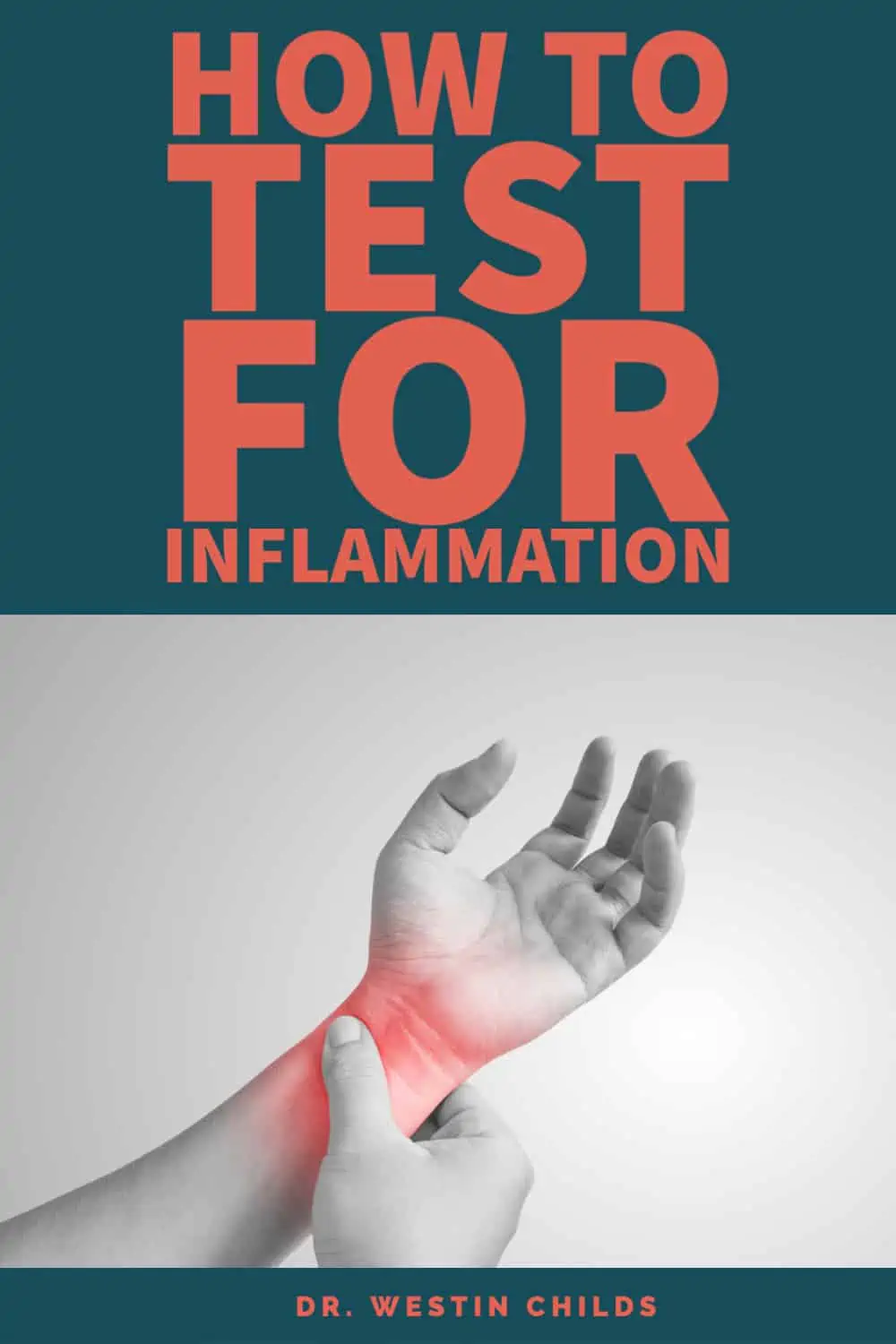
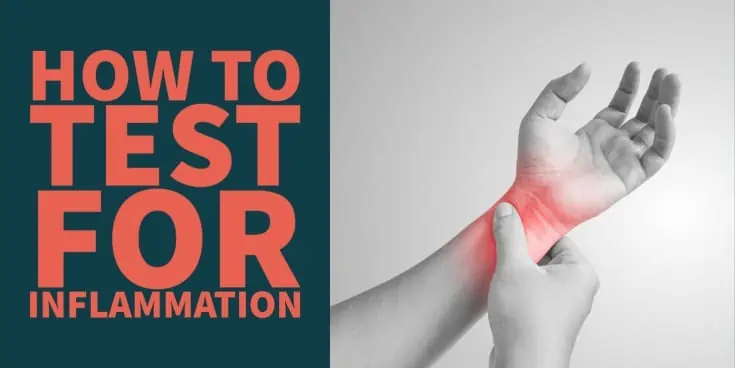

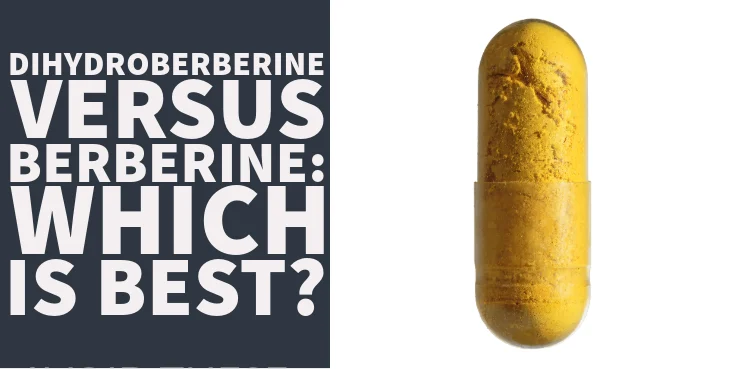
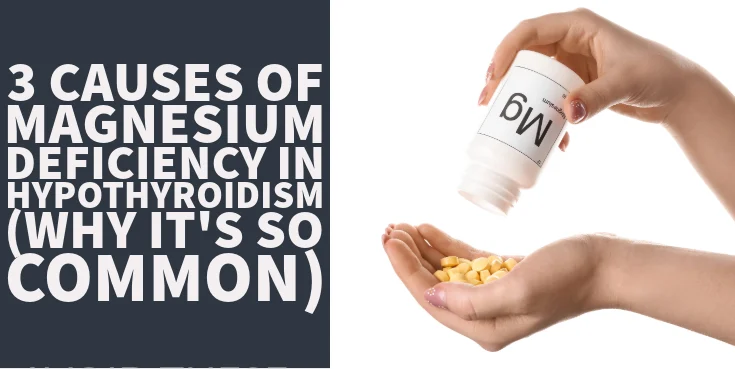

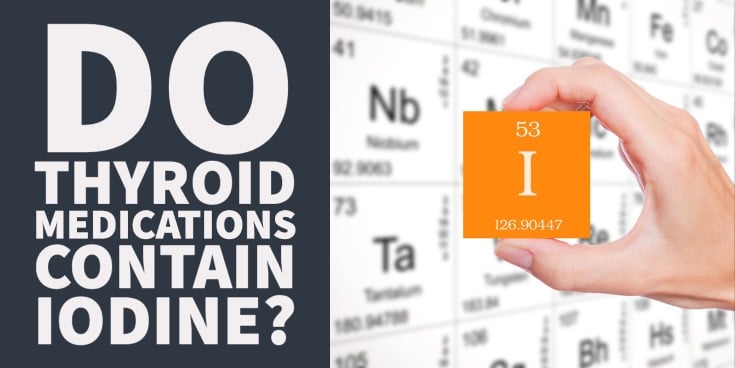
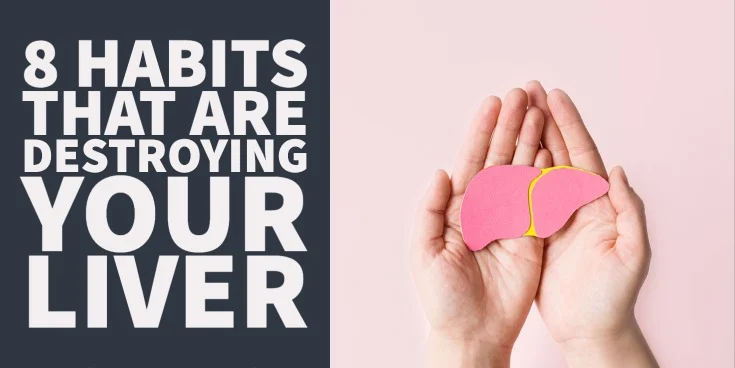
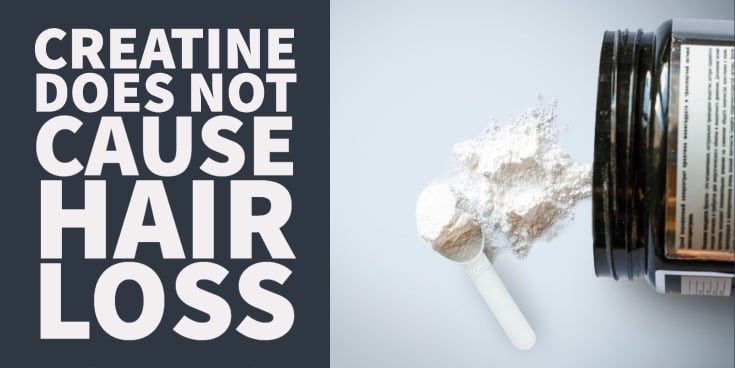

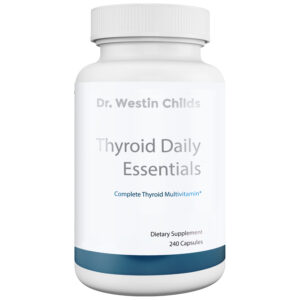
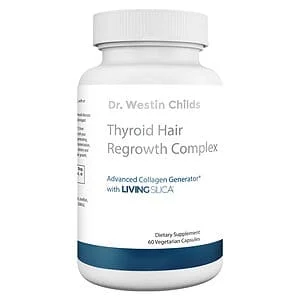
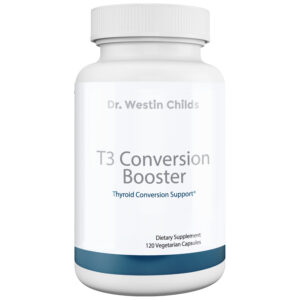
This is so interesting! If I have chronic back pain, does that mean I have inflammation? Which test would I do? Or is some inflammation causing that pain? I already take the supplements you mentioned above, and exercise. Thank you!
Hi Mary,
It doesn’t guarantee that you have inflammation but it is possible that you do. It could be the inflammation causing the pain, but, again, there are many causes of back pain so it’s hard to say for sure.
How can you tell I have under active thyroid if I’m on medication
Hi Ralph,
The best way is to look at lab tests and your symptoms. You can read more here:
https://www.restartmed.com/hypothyroidism-symptoms-checklist/
https://www.restartmed.com/thyroid-tests/
Can you explain a little more why both CRP and hsCRP would be needed? The hsCRP isn’t enough, since it is more sensitive? Thank you.
Hi Holly,
hsCRP becomes elevated with tiny amounts of inflammation, the type of inflammation seen in the arteries with cardiovascular disease whereas CRP is not as sensitive. There will be cases where hsCRP is elevated but CRP is not and that’s why you may want to use both. I usually default to one, though, and get the other lab tests mentioned. These in concert provide enough information without the need to get both versions of CRP.
I have had success with using MMS and DMSO to eliminate inflammation and along with iodine working to eliminate pathogens, inflammation and support hormone correction/balance. I have started taking some of your supplements but I find this article to be a little disturbing. It’s so traditional medicine and it seems perhaps you are unaware of the current public reaction of rejection of traditional medicine for homeopathic medicine. I order my own bloodwork bcuz my MD is not trustworthy. Germ theory is being rejected for terrain theory. Disease is caused by bacteria and parasites.
Hi Debbie,
I try to keep a blind eye to any particular type of medicine and just discuss what works. Sometimes that means it’s conventional medicine (which does have good medications and therapies) or alternative medicine or integrative medicine or functional medicine or anti-aging medicine or homeopathic medicine. I take what works from each and leave out what doesn’t. Well, that’s what I try to do anyway 🙂
I am surprised Thermography wasn’t mentioned as a way to detect inflammation.
Hi Bonnie,
Thermography can definitely be used to spot inflammation in certain areas of the body but doesn’t work well for systemic low-grade inflammation.
I’ve had the CRP, ESR, ANA, Ferritin and other iron labs and everything is fine. My TPO antibodies have come way down into normal territory by taking LDN. My Tgab antibodies however, are off the charts high. Any thoughts on this?
Hi TeeKay,
It could be a lot of things but I will say that antibodies do not always correlate 100% with your disease state. You’d probably need ultrasound testing to confirm if this is the case, or not, though.
I cannot get into my account to purchase your hair regrowth product. What to do?
Hello!
It actually doesn’t look like you have an account with us since you’ve been checking out as a guest. Shoot us an email at hello@restartmed.com and we can help you out 🙂
Hello,
3 months ago I discovered I was Stage 2 Hypertension. To avoid traditional treatment/meds, I saw a naturopath Dr who ran some of these tests and some others. My ESR was 8, CRP 13.1 and hs-CRP 12.4.
About 6 weeks ago I started many supplements including Alpha Lipoic Acid and fish oil, plus Carditone, L-Arginine and CoQ10. My BP dropped within a week.
I’ve also began to be active again and am eating anti-inflammatory.
Questions, how long would you wait to retest? Could lead toxicity be a contributing factor to chronic inflammation?
Thank you!
Hi Stacey,
If you are referring to your inflammatory markers then I would give it a couple of months before re-testing. Ideally 2-3 months.
Lead toxicity is known to enhance the expression of inflammatory markers but I don’t know if that will necessarily show up as an increase in CRP and ESR.
Hi Dr. Childs,
I just found your website. It is helpful and interesting. I have Tsh of 4, a couple of years ago it was 7 but my vitamin D was 17. I take D3 and K2 now. I developed a very distended stomach starting in June, 2022. It was so uncomfortable, I went to the Er. They found enteritis in my small intestine. No known cause. I stopped cymbalta cold turkey. I was taking it for anxiety and chronic back pain (known cause). The gastroenterologist put me on protonix which I took for 3 months in 2019 for barrett’s lesions. This time after 5 days, I broke out in hives. So she put me on flagyl and cipro even though the stool test was negative. I took the cipro, sneezing and nose and eyes running constantly. The flagyl made both sides of my upper back burn, kidneys? I didn’t take any more of it. My stomach is very swollen, although the cipro seemed to help when I was taking it. I take vitamin C, D3, K2, B complex. I need to get some zinc. I did take it with calcium and magnesium but stopped after my calcium was on high end of normal probably due to the D3. I’m going to try quercetin and bromelain. I am having an allergic reaction to Everything and am afraid an endoscopy will cause me to go into anaphylaxis. This happened to me from contrast dye but I use iodized salt. I never believed it was an iodine reaction. I dont know if you have any thoughts but I am scared at this point. Thanks!
What about SAUNA BATHING or ICE PLUNGES do those help with inflammation?
Hi Lea,
Yes, they are great ways to reduce inflammation.